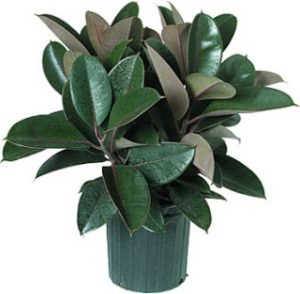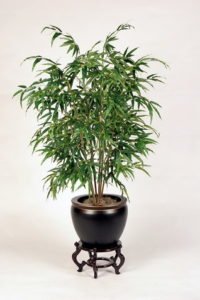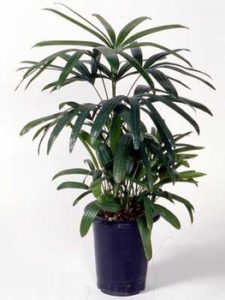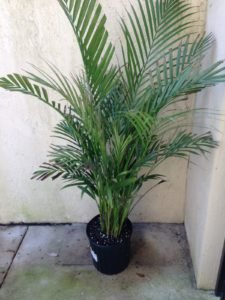Nasa’a Pick for Best Air Filtering Houseplants There are many benefits to having plants in our home and office environments. Transpiration from leaves normally raises the humidity in a room by 5-10%, which is particularly good when air is dry. Plants can act as effective botanical air-purification systems. The higher the transpiration rates, the higher the convection currents, which ultimately has a pulling effect on airborne toxins.
During the 1980s, NASA found that some species of plants can eliminate up to 87% of toxins in the air, including formaldehyde, benzene, toluene, trichloroethylene, carbon monoxide, and even dust. These volatile organic contaminants (VOCs) are off-gassed in homes from paint, varnishes, cleaning solutions, insulations, wood, furniture, carpeting and other products. NASA concluded that 15 to 18 mature air-filtering plants in a house with an area of about 160 square meters could maintain the level of emissions in accordance with our environmental standards.
The following thirty species have been shown to be effective biological air filters:
Bamboo Palm (Chamadorea elegans or C. erumpens)
Boston Fern (Nephrolepis exaltata)
Dwarf date palm (Phoenix roebelini)
English ivy (Hedera helix)
Florist’s mum (Chrysanthemum morifolium)
Gerbera daisy (Gerbera jamesonii)
Kimberly queen fern (Nephrolepis obliterrata)
Rubber plant (Ficus elastic)
Areca palm (Dypsis lutescens)
Corn plant (Dracaena fragrans)
Janet Craig (Dracaena deremensisI)
Peace lily (Spathiphyllum varieties
Schefflera (Brassaia actinophylla)
Weeping fig (Ficus benjamina)
Dendrobium orchid (Dendrobium sp.)
Dumbcane (Dieffenbachia sp.)
Long leaf fig (Ficus binnendijkii)
King of Hearts (Homalomena wallisii)
Lady Palm (Rhapis excelsa)
Lily turk (Liriope muscari)
Spider Plant (Clopophytium comosum)
Philodendron (Philodendron sp.)
Dragon tree (Dracena marginata)
Chinese evergreen (Aglaonema modestum)
Flamingo lily (Anthurium andreanum)
Areca palm (Dypsis lutescens)
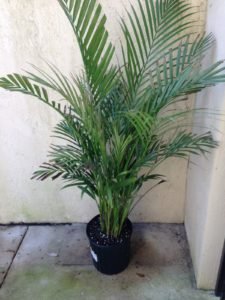
Azalea
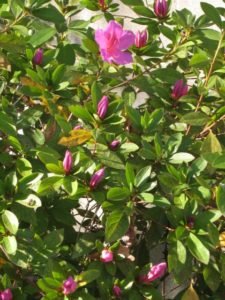
Pothos (Epipremnum aureum)
Snake plant (Sansevieria trifasciata)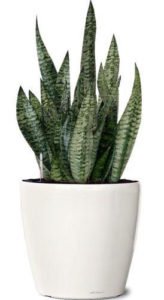
Cast iron plant ( Aspidistra sp.)
Indoor Plants Help Clean the Air
The top ten plants for removing formaldehyde, benzene, and carbon monoxide from the air:
The Peace Lily (Spathiphyllum “Mauna Loa”) is a compact plant that grows to a height of 3’ with a 2’ spread. This hardy plant tolerates neglect. It prefers indirect sunlight and high humidity, but needs to be out of drafts. Water thoroughly, but allow to dry between waterings. The leaves should be misted frequently with warm water.
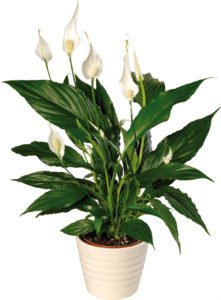
The Boston Fern (Nephrolepis exaltata “Bostoniensis”) grows to 4’ in height with a spread to5’. It has feathery ferns best displayed hanging. It prefers bright indirect sunlight. Keep soil moist and mist with water.
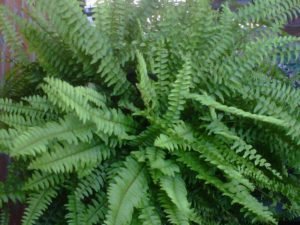

The Dwarf Date Palm (Phoenix roebelenii) is a hardy, drought-tolerant and long-lived plant, the Dwarf Date Palm needs a bright spot free of drafts. It grows slowly, reaching heights of 8-10’. The Dwarf Date Palm has sharp needle-like spines arranged near the base of the leaf stem
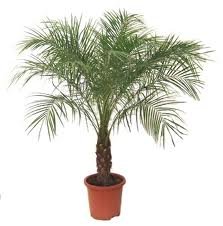

The Dracaena grows to 10’ with a spread of 3’. Plants do best in bright indirect sunlight coming from the east/west. They can adapt to lower light if the water is reduced. Keep soil evenly moist and mist often with warm water. Remove dead leaves. Leaf tips will brown if plant is under watered but browning may be trimmed.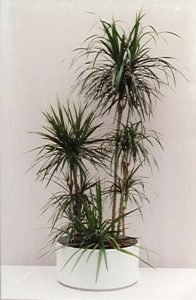
The Rubber Plant (Ficus robusta) Grows very well indoors, preferring semi-sun. Avoid direct sunlight, especially in summer. Young plants may need to be supported by a stake. It grows to 8’ with a spread of 5’. Wear gloves when pruning, as the milky sap may irritate the skin. Water thoroughly when in active growth, then allow the soil to become dry before watering again. In winter keep slightly moist.
